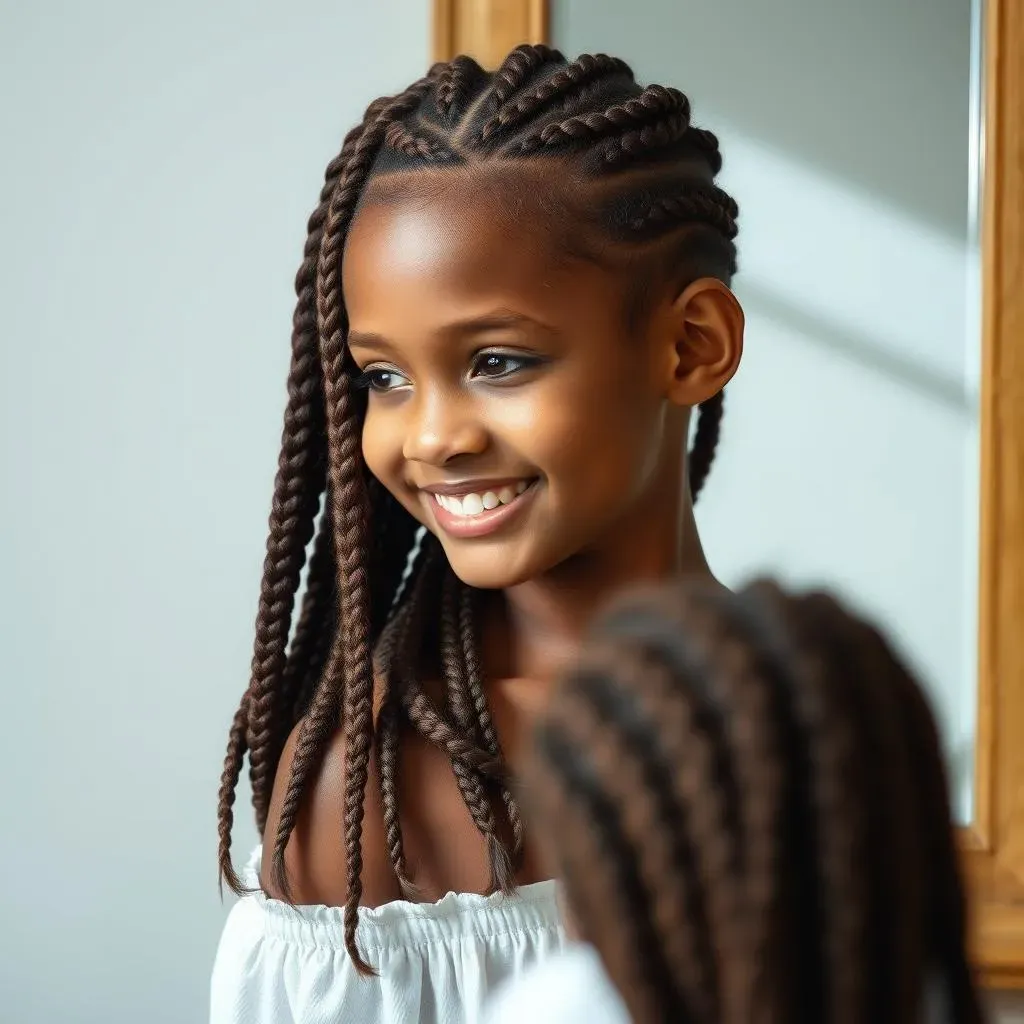Table of Contents
Ever wondered, "How long do braids stay in your hair?" It's a question many ask, especially when considering the time, money, and effort involved in getting braids. The answer isn't a simple number; it depends on several factors, and understanding these is key to maximizing your braid's lifespan and keeping your hair healthy. This article will explore those factors, from the type of braid to your hair care routine. We'll cover how long various braid styles typically last, offering practical tips and tricks for extending their life and keeping them looking fabulous. We'll also discuss the warning signs that tell you it's time to take them out, ensuring your hair remains healthy and vibrant. Get ready to become a braid expert and learn everything you need to know about the longevity and care of your beautiful braids!
Factors Affecting How Long Braids Last in Your Hair
Factors Affecting How Long Braids Last in Your Hair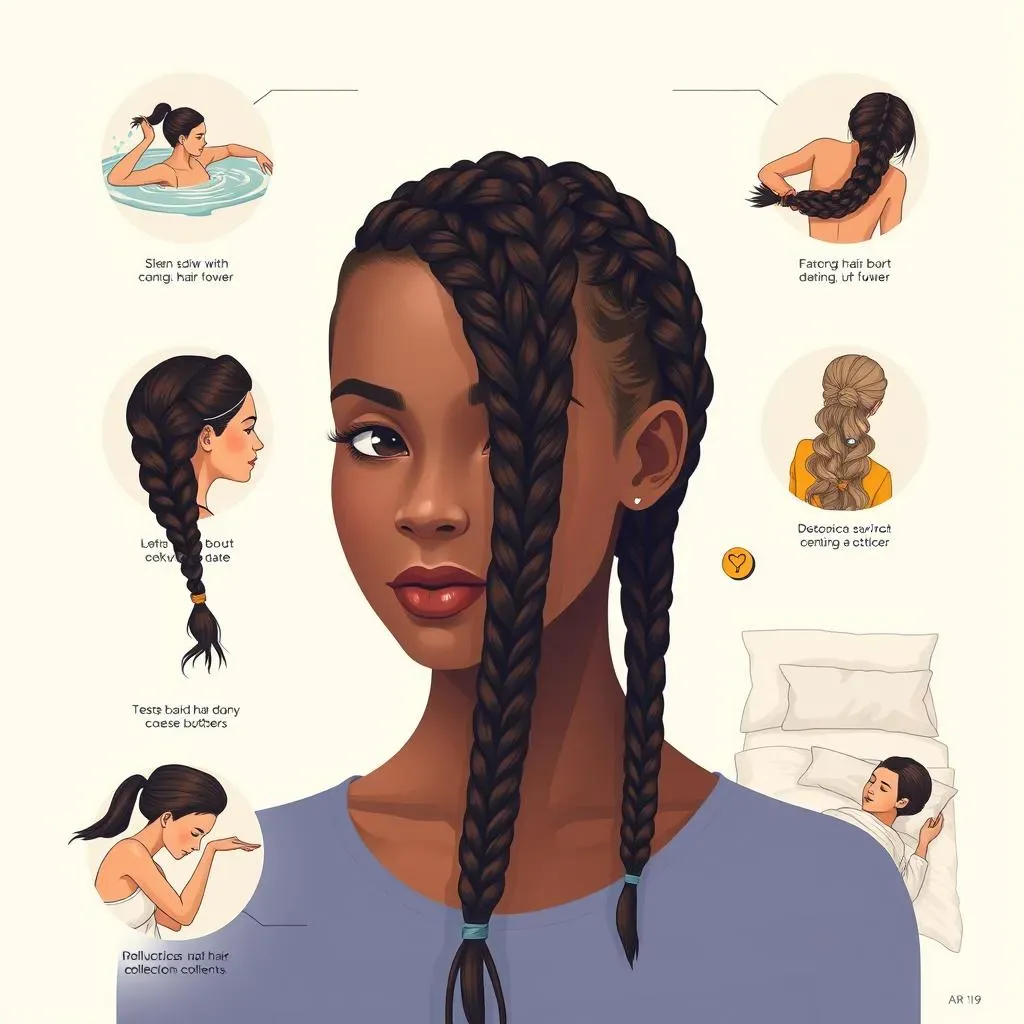
So, you're diving into the world of braids, huh? Awesome! But how long they last isn't just about magic; it's science (well, hair science!). Several things play a huge role. First, your hair type is a major player. Fine hair might not hold braids as long as thicker hair, simply because it's less substantial. Think of it like building a tower – thicker bricks make a sturdier structure. Next, the size and tightness of the braids matter. Tiny, tightly woven braids can put stress on your scalp and hair, potentially leading to breakage and a shorter lifespan. Conversely, larger, looser braids might be less secure and come undone faster. It's a balancing act!
Hair Type | Typical Braid Lifespan | Considerations |
|---|---|---|
Fine, Thin Hair | 2-4 weeks | More prone to slippage; gentler braiding techniques recommended |
Medium Thickness | 4-6 weeks | Versatile; allows for various braid styles and tightness |
Thick, Coarse Hair | 6-8 weeks (or longer!) | Can withstand tighter braids; less prone to slippage |
Beyond your hair itself, your lifestyle impacts how long your braids last. Are you a swimmer? Chlorine can wreak havoc on your braids, making them brittle and prone to breakage. Do you work out a lot? Sweat can loosen them. Even your sleep position can make a difference! Sleeping on a satin pillowcase can help reduce friction and keep your braids looking neat longer. It's amazing how many everyday things can impact your braids.
- Hair Type: Fine hair may not hold as well as thicker hair.
- Braid Size & Tightness: Too tight can cause breakage; too loose can lead to unraveling.
- Lifestyle: Swimming, exercise, and even sleep habits affect braid longevity.
- Hair Products: Using products that dry out your hair can weaken the braids.
- Scalp Health: A healthy scalp is crucial for long-lasting braids.
How Long Different Braid Styles Typically Last
How Long Different Braid Styles Typically Last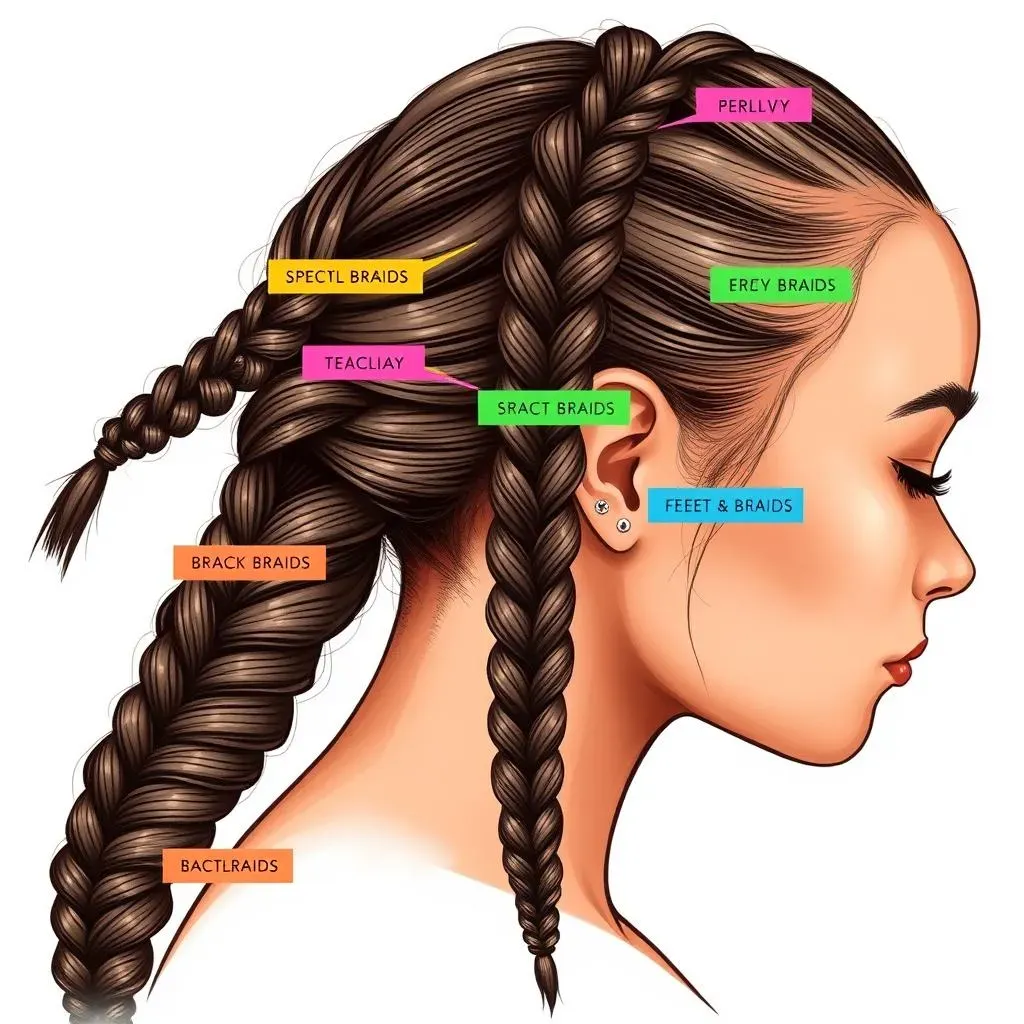
Box Braids: The Classic Choice
Box braids are a super popular style, and their lifespan depends heavily on the factors we discussed earlier. Generally, you can expect box braids to last anywhere from 4 to 8 weeks, sometimes even longer with proper care. Thicker, coarser hair tends to hold box braids better and for a longer duration. Think of it like this: the more "material" you have to work with, the stronger and more durable your braid structure will be. Smaller braids tend to last longer than larger ones, but remember that smaller braids can be more stressful on your scalp and hair, so maintaining a balance is key. Regular moisturizing and gentle washing are crucial for maintaining the integrity of the braids and ensuring they stay in place for longer.
Box Braid Size | Typical Lifespan | Maintenance Needs |
|---|---|---|
Small | 6-8 weeks | More frequent moisturizing; careful handling |
Medium | 4-6 weeks | Regular moisturizing; gentle washing |
Large | 2-4 weeks | Frequent checking for looseness; may require re-braiding |
Cornrows: A Timeless Style
Cornrows are another classic protective style known for their longevity. Because they lie flat against the scalp, they're less prone to snagging or coming undone. With proper care, cornrows can easily last for 6 to 8 weeks, sometimes even longer. This style is particularly good for those with thicker hair, as the braids are securely anchored to the scalp. However, even with cornrows, consistent care is crucial. Keeping your scalp moisturized and avoiding harsh products will help maintain your braids and prevent breakage. Remember to be gentle when washing and styling your hair to prevent damage and extend the life of your cornrows.
- Regular scalp massages to stimulate blood flow and prevent dryness.
- Using a leave-in conditioner to keep your hair and scalp hydrated.
- Avoiding harsh chemicals and heat styling.
- Protecting your hair at night with a satin scarf or bonnet.
Other Braid Styles: A World of Possibilities
Beyond box braids and cornrows, there's a whole universe of braid styles out there, each with its own unique lifespan. Individual braids, for example, might only last a few weeks, while more intricate styles like tree braids or knotless braids can last longer, depending on the size, tightness, and your hair type. Remember that the more intricate the style, the more delicate it might be, and the more careful you need to be when caring for it. Always prioritize the health of your hair, and don't hesitate to take your braids out earlier if you notice any signs of damage or discomfort. The beauty of braids is the versatility; there's a style out there for everyone, and you can experiment to find what works best for you and your hair.
Maintaining Your Braids for Longevity: Tips and Tricks
Maintaining Your Braids for Longevity: Tips and Tricks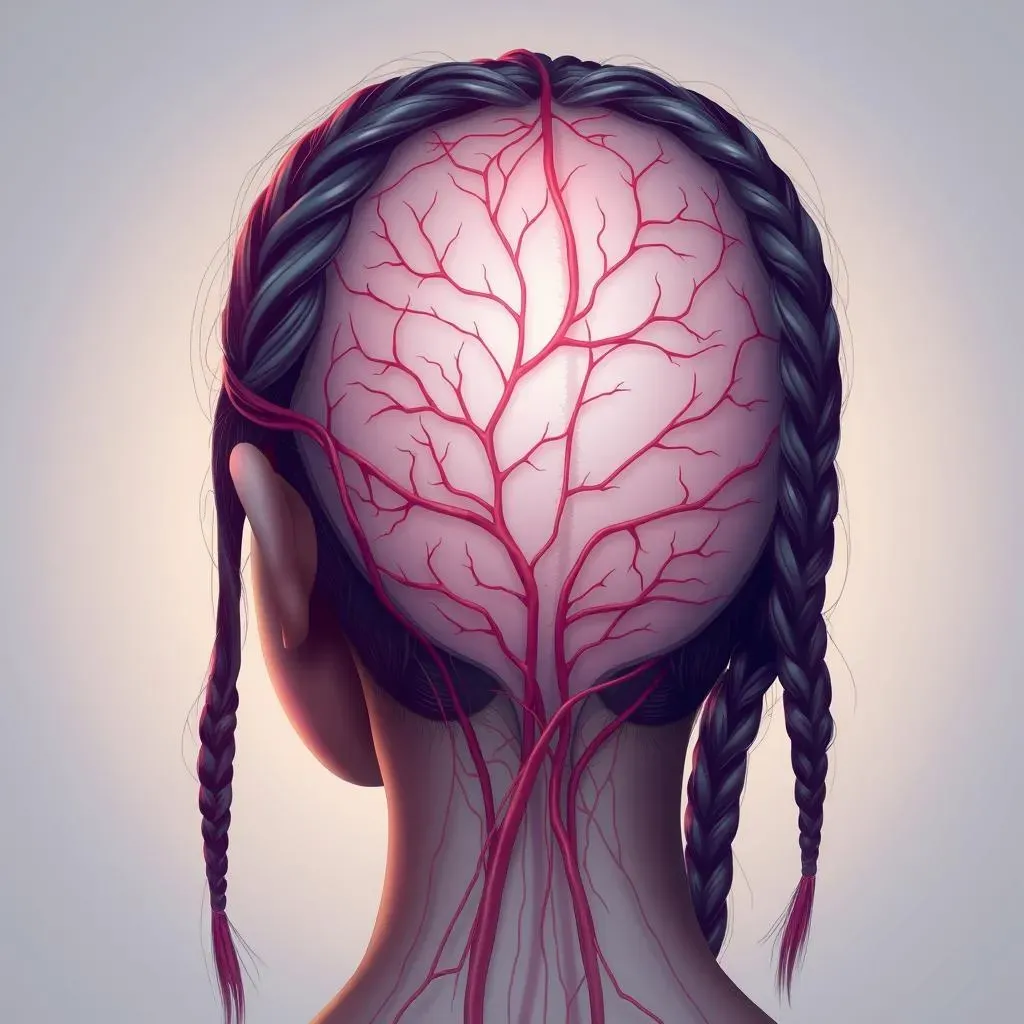
Washing Your Braids: The Gentle Approach
Washing your braids is crucial, but it's not about scrubbing them like you would your loose hair. Think of it more like a delicate cleanse. You want to keep your scalp clean to prevent buildup and itching, but you also need to avoid excessive friction that can loosen or damage the braids. Use a gentle, sulfate-free shampoo and dilute it with water before applying it to your scalp. Massage gently and rinse thoroughly, making sure to remove all traces of shampoo. This helps to prevent product buildup and keeps your scalp healthy. Avoid scrubbing or rough handling. After washing, gently pat your braids dry with a towel, rather than rubbing, to minimize friction and prevent damage. You might also consider using a clarifying shampoo every few weeks to remove any lingering product residue. Remember to condition your scalp and hair regularly to prevent dryness.
A good rule of thumb is to wash your braids every 1-2 weeks, or more often if you have an oily scalp or engage in activities that make your scalp sweat. Over-washing can dry out your hair and scalp, potentially leading to breakage and a shorter lifespan for your braids. After washing, make sure to moisturize your hair and scalp to keep them hydrated. This can help prevent breakage and maintain the integrity of your braids. There are many excellent moisturizing products available for natural hair, so find one that works best for your hair type.
Washing Frequency | Recommended Shampoo Type | Post-Wash Care |
|---|---|---|
Every 1-2 weeks | Gentle, sulfate-free shampoo | Moisturize scalp and hair; gently pat dry |
Protecting Your Braids: Nighttime Rituals and More
How you treat your braids outside of washing is equally important. Think of your braids as a delicate work of art – you wouldn't want to throw them around carelessly! At night, protect your braids by sleeping on a satin pillowcase. Satin reduces friction, preventing breakage and keeping your braids neat. You can also tie your braids up in a loose bun or wrap them in a satin scarf. During the day, be mindful of how you handle your braids. Avoid excessive tugging or pulling, which can loosen them. If you're engaging in activities that could put stress on your braids, such as sports or swimming, tie them up to protect them from damage. It’s all about being gentle and thoughtful.
If you're going to be spending time outdoors, consider protecting your braids from the elements. Sun exposure can dry out your hair, so use a UV protectant spray if you'll be in the sun for extended periods. Similarly, if you're swimming, wet your braids beforehand with clean water to help them resist chlorine damage and use a clarifying shampoo afterwards. Taking these preventative measures will go a long way in extending the life of your braids. It's a small investment for a long-lasting style.
- Sleep on a satin pillowcase.
- Tie braids up loosely at night or wrap in a satin scarf.
- Protect braids from sun and chlorine.
- Avoid excessive tugging or pulling.
- Use a leave-in conditioner for added moisture and protection.
Maintaining a Healthy Scalp: The Foundation of Long-Lasting Braids
The health of your scalp is the unsung hero of long-lasting braids. A dry, itchy scalp can lead to discomfort and even premature removal of your braids. Regularly massage your scalp to stimulate blood flow and keep it healthy. You can use your fingertips or a scalp massager to gently massage your scalp for a few minutes each day. This helps to improve circulation and distribute natural oils. If you experience any itching or irritation, use a gentle scalp treatment oil or spray to soothe your scalp. Avoid scratching, as this can damage your scalp and hair follicles. A healthy scalp is more likely to hold braids for longer, so make this a priority.
Keeping your scalp moisturized is key, and this often gets overlooked. Just like the rest of your body, your scalp needs hydration. Use a moisturizing oil or scalp treatment specifically formulated for braided hair. This will help to prevent dryness, itching, and flaking. Make sure the product you use is lightweight and doesn't leave behind a greasy residue. You should also consider using a scalp serum to promote scalp health. This can help to prevent inflammation and keep your scalp healthy and happy. It's an investment that pays off in the long run, literally!
Signs It's Time to Take Out Your Braids: How Long Do Braids Stay In?
Signs It's Time to Take Out Your Braids: How Long Do Braids Stay In?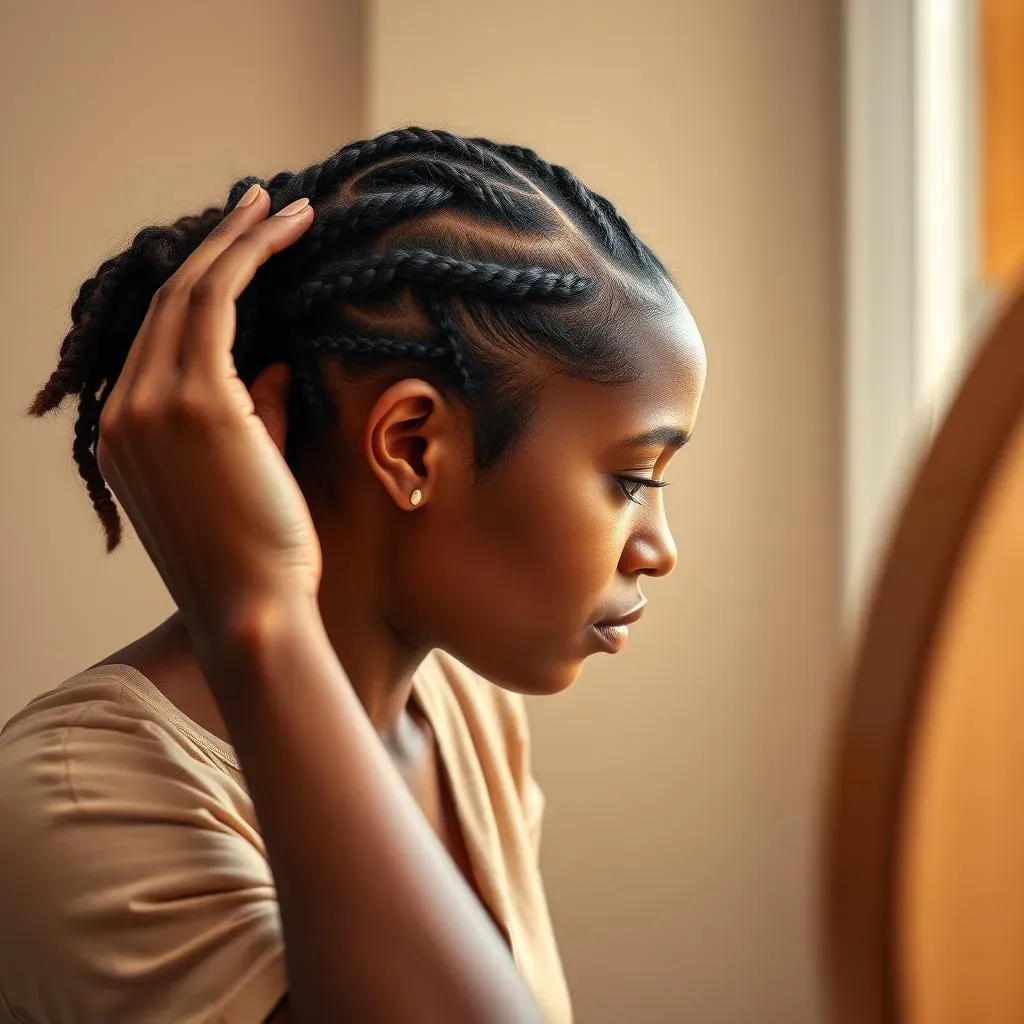
Signs of a Neglected Scalp
Let's be real, sometimes your braids just outstay their welcome. One of the first signs is your scalp screaming for help. Itching, irritation, or even a bit of tenderness are major red flags. Ignoring these signals can lead to bigger problems, like infections or even hair loss. Think of your scalp like a delicate ecosystem; if it's unhappy, your braids won't be happy either. A persistently itchy scalp is a clear indication that your braids need to come out. Don't wait for a full-blown infection; address the issue promptly. Regular scalp massages and the use of a moisturizing scalp oil or serum can help to prevent dryness and itching.
Persistent itching or irritation can also be a sign of a build-up of dirt, sweat, and oils under your braids. This can lead to an unhealthy scalp environment and even cause infections. If you notice any signs of irritation, it's best to remove your braids and cleanse your scalp thoroughly. Using a gentle, sulfate-free shampoo will help to remove any product buildup and leave your scalp feeling refreshed and clean. If the irritation persists, consult a dermatologist or trichologist to rule out any underlying skin conditions.
Scalp Issue | Severity | Action |
|---|---|---|
Mild Itching | Low | Massage scalp, use moisturizing oil |
Moderate Itching/Irritation | Medium | Consider washing braids, use soothing scalp treatment |
Severe Itching/Pain/Inflammation | High | Remove braids immediately, consult a doctor |
Hair Breakage and Damage
Another telltale sign? Your hair starts looking less than fabulous. Noticeable breakage, dryness, or even thinning around the hairline are all warnings. This isn't just about aesthetics; it's about the health of your actual hair. Remember, braids, while protective, can still put stress on your hair follicles. Prolonged wear can lead to breakage, especially around the edges. Regularly inspect your hair for signs of breakage or damage, and don't hesitate to remove your braids if you notice anything concerning. Maintaining a healthy scalp and using moisturizing products can help to minimize breakage and extend the life of your braids.
Dryness is another common indicator that your braids have overstayed their welcome. Your hair might feel brittle, stiff, or even look dull. Dryness can lead to breakage and damage, so it's important to address it promptly. Regularly moisturize your hair and scalp to keep them hydrated. Consider using a leave-in conditioner or hair oil to add extra moisture. If your hair remains dry despite your best efforts, it might be time to remove your braids and give your hair a break. A healthy scalp and hair are essential for long-lasting braids, so don't neglect your hair's needs.
- Excessive breakage around the hairline
- Dry, brittle hair
- Thinning hair
- Significant hair loss
The Overall Look and Feel
Sometimes, it's the little things that speak volumes. Are your braids looking a bit…sad? Do they feel limp and lifeless? Or maybe they've just lost their initial bounce and shine? It's not necessarily about a specific problem, but more of an overall impression. If your braids just don't look or feel as good as they did when they were first installed, it might be a sign that they've reached the end of their lifespan. Your braids should enhance your look, not detract from it. If they're making you feel self-conscious, it might be time for a change.
Ultimately, the decision of when to remove your braids is a personal one. There's no magic number of weeks or months. Trust your instincts. If something feels off, it probably is. Prioritizing the health of your hair and scalp is always the most important factor. Remember, the goal is to protect your hair, not damage it. Taking out your braids before they cause damage is a sign of responsible hair care. A healthy head of hair is always more attractive than a hairstyle that's causing harm.
